The bees are buzzing, and the weather is getting warmer — that means it's time to get your garden ready for the spring planting season, which can begin anywhere between March and May. Your yard might look unrecognizable after the harsh winter months, but it won't take long to get your flower beds in tip-top shape.
It may seem like a lot of work when you look out at your yard as a whole, but breaking the task into manageable segments will help you finish the entire project in no time. Doing things like pruning your existing plants, starting to grow some new ones, and giving your soil a little TLC will make your garden the talk of the town. When your garden is buzzing with life and your vegetables are growing faster than you can eat them, you'll be glad you started early and didn't wait until late spring to get it going.
Video of the Day
Video of the Day
With our 10 simple gardening tips in hand, you'll have a yard that is full of thriving plants, and it will quickly become your favorite place to relax and unwind.
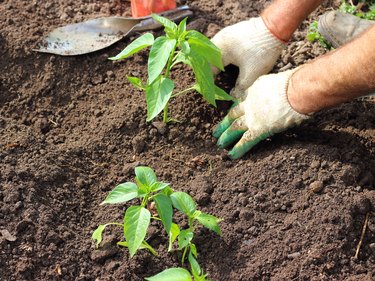
1. Do a Quick Cleanup
Before you start any new projects in your garden, it's best to take a preliminary walk through your yard and make note of any areas that need some maintenance. This is a great time to remove any dying plants, pick up debris, move planters around and just give yourself a clean slate with which to work.
Make a mental note about what worked last year and what you'd like to change this year, whether that means what vegetables grew best, which flowers you just couldn't get to survive or even that new flower bed shape you've been wanting to try.
Having a great garden is all about reflecting on the previous growing season and improving on it the next time. You may be excited to get some new plants in the ground, but doing a bit of work beforehand will set you up for success in the upcoming growing season.

2. Assess Your Tools
Take an afternoon to look through all your gardening tools. This means doing things like making sure your gardening gloves are free from holes and tears, your pruning shears are sharp and your lawn equipment is all in working order. It may seem redundant, but having to stop your garden project when you're halfway finished because you ran out of line for your weed eater is no fun. Taking inventory now will save you numerous trips to the garden center later.
This is also a good opportunity to take note of any tools that are missing from your inventory, whether it's because you lent them out and never got them back or it's something you hesitated about purchasing last year that you really need. Either way, a quick trip to the garden center will have your tool shed stocked and ready. Making sure all your tools are organized and in good condition will ensure a productive gardening season.
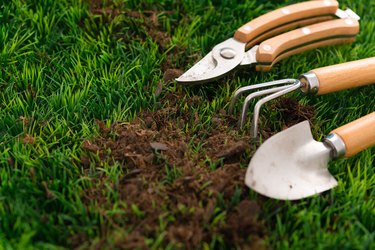
3. Test the Soil
It doesn't matter if you're a seasoned gardener with a flourishing vegetable patch or if you're a complete beginner and this is your first attempt at getting anything to survive. It is always a good idea to have your soil tested every few years to learn which vital nutrients you may be missing. Not all dirt is equal, and the results of a soil test will tell you that. Reach out to your local plant nursery and see if it offers soil testing.
The process is often quick and inexpensive and will give you a deeper look at what kind of conditions you may be dealing with. Even the smallest imbalance in your soil will affect the quantity and quality of your plants. This simple test will help you decide which types of supplements and fertilizers need to be added to your soil to produce the best garden possible. Without properly enriched soil, your vegetable garden is doomed from the start.
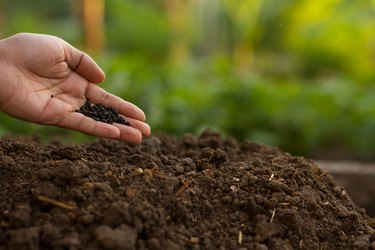
4. Start Composting
Starting a compost pile is a great way to not only reduce food waste and get rid of extra yard debris but it also makes organic, nutrient-dense fertilizer for your garden. You can either purchase a compost bin from your local home improvement store or make one yourself from a garbage can. Just make sure it has a tight-sealing lid to keep out critters. There will need to be ventilation holes, but the holes will be too small for animals like raccoons or rats.
Toss in things like grass clippings, dead leaves, eggshells, raw fruits and raw veggies. Even items like toilet paper rolls and brown paper bags can go in too. Basically, any food scraps that haven't been cooked (not including meat) can go into the compost bin. Once you start, you'll be shocked at how much you can actually add to it.
Contrary to what you might think, compost piles don't smell as long as they are properly mixed. Mix your compost on a regular basis to make sure everything is combined and in a few months, you'll have rich, organic fertilizer that you made for free. Talk about recycling!
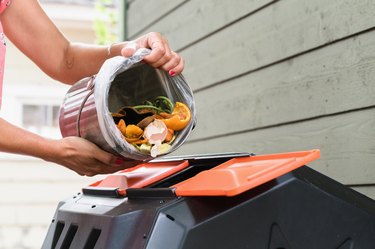
5. Prune Existing Plants
It's time to put your new pair of sharp pruning shears to good use. Take another walk around your yard and pay close attention to the trees in your yard.
You may not want to trim a single piece off any of the trees you worked so hard to grow over the years, but one of the best ways to get your trees and bushes to flourish is by pruning any broken or dead branches. The plant will then be able to save the energy it was exerting on trying to repair those pieces and instead be able to use the energy to grow new branches for you to enjoy.
Block off one afternoon and do a thorough inspection of each tree in your yard and assess its condition. Any flowering shrubs can be pruned in early spring, and this will encourage new growth. You'll have new flower buds in just a few weeks.
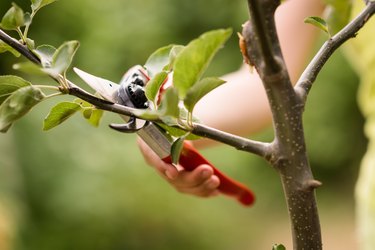
6. Sprout Seeds Indoors
Set yourself up for success and start your seeds in small seedling trays before transplanting them into your garden. This will ensure your seeds aren't eaten by birds or caught in that last frost before spring officially begins.
Gather some small pots, fill them with soil and plant your seeds according to the package directions. Your local garden center should have everything you need. Just be sure to carefully label each pot so you're not trying to figure out what each plant is later. Water the seeds daily and in a few weeks, you'll have hardy seedlings that will thrive in your garden beds.
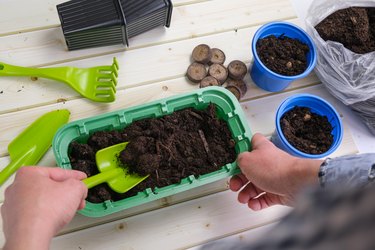
7. Fertilize the Soil
Give the soil in your garden a boost of energy by mixing in a fresh batch of nutrient-dense organic matter before the new planting season begins. Add the fertilizer directly to the soil and use a rake to mix the two together well. This will help prepare your soil so it's ready to make your plants grow to be big and beautiful.
Give the mixed soil a good watering and let it dry before you start adding any plants. This will ensure the veggies you plant — especially root vegetables, like radishes and beets — will receive enough nourishment from the soil to be able to produce a quality product for you to enjoy.

8. Transplant Overgrown Container Plants
This is a great opportunity to transplant any perennials from last fall that may be overgrowing their current container. Make sure you have a spot in your flower bed picked out for the transplant before you start. Then, carefully remove the plant from the pot and gently loosen the roots.
Plant it in its new home and water thoroughly. You'll want to make sure to give the plant plenty of water the first few days so that the roots can reestablish themselves in their new home. Save the container to plant something else and keep the cycle going.
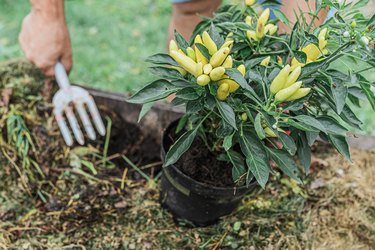
9. Add a Fresh Layer of Mulch
Once you have your garden set up the way you like it and your plants are all in the ground, set it off with a fresh layer of mulch. The wood chips come in a variety of colors, from brown to red, and when laid in a thick layer, they will help discourage weeds from growing. Besides being functional, a fresh layer of mulch will also make your garden look its best.
If you don't like the look of mulch, pine straw will do the same job. Both of them will help retain moisture between watering sessions
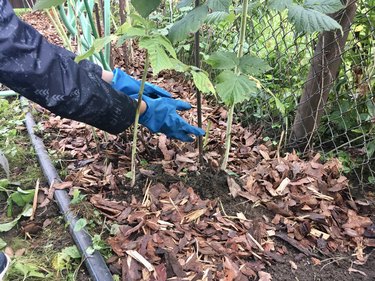
10. Refill Bird and Butterfly Feeders
Encourage birds and pollinators alike to visit your garden by refilling your feeders. Add fresh birdseed specially formulated for wild birds and watch your new feathered friends flock to your yard. Pollinators are essential to your garden's development, so be sure to leave a few pieces of fruit on a dish for the butterflies too.
If you have a bird bath, this is the perfect time to give it a good cleaning. Scrub the bird bath with a very diluted bleach solution (think one cap to a gallon of water) to remove any grime from last year. Now, just sit back and enjoy the show once all the birds and butterflies know which yard has the good stuff.
